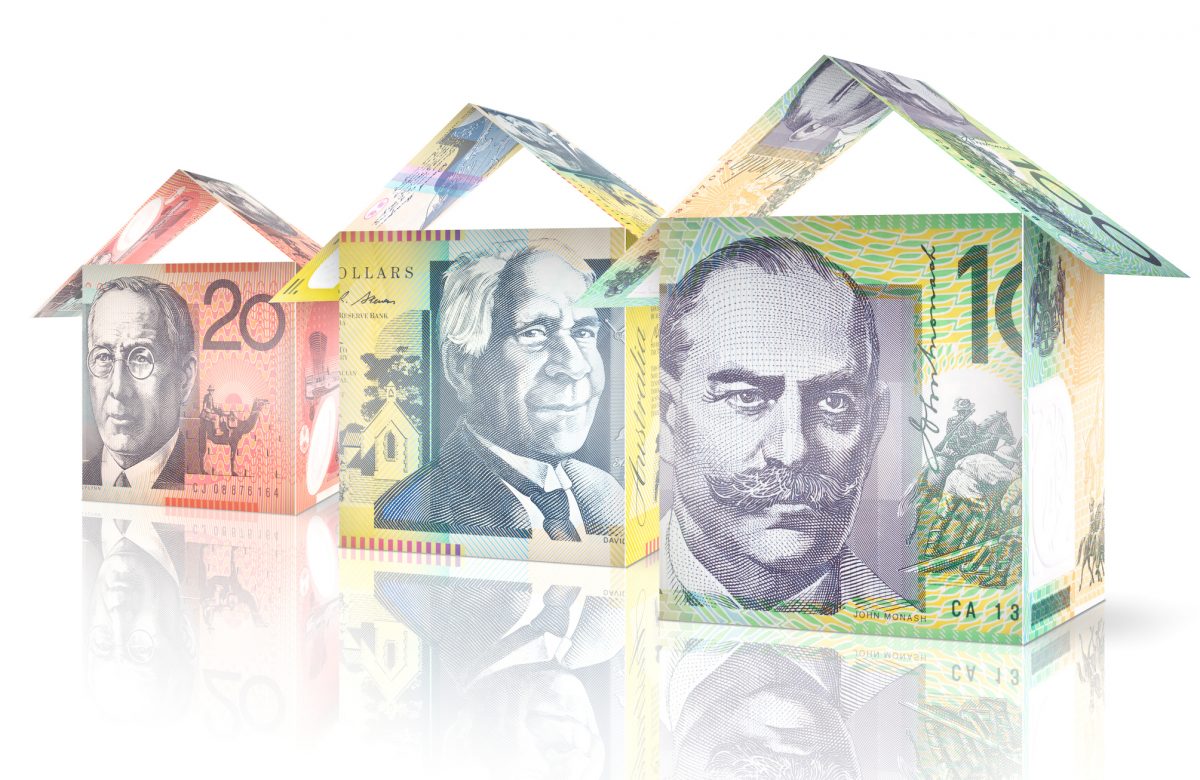How Reverse Mortgages Help the Australian Economy
The Australian government is now implementing long-term precautionary measures to respond to the rising cost of aged care. Based on the Intergenerational Report released by the Commonwealth of Australia in 2015, the $42 billion that the government pays for pensions is projected to grow to $160 billion by 2055. This will surely put a lot of strain on our economy because about 80% of seniors today are still expected to receive pensions four decades from now.
KPMG also noted that this situation may place a significant pressure on the Australian workforce as the number of working taxpayers for every elderly person will decrease from 4.5 to 2.73. And by 2055, our expenditure for aged care will increase from 0.9% to 1.7% of GDP. With such scenario, there is a high chance that we will see increased taxes and pension cuts in the future.
Australian Aged Pension May Not Be Enough
It is clear that the aged care system in Australia is not sustainable, and it will continue to do so if our retirees will completely depend on our pension system. In fact, the average pension received by seniors may never be enough to fund a comfortable retirement. A report released by OECD reveals that one-third of Australian pensioners are living below the poverty line.
[ Related Post: Top Five Reasons Why You Should Get Reverse Mortgage Loan this 2016 ]
With insufficient pension, limited income, and increased expenses, retirees may need resort to selling their properties such as family homes to cover the cost of aged care. Some retirees may need to face debt, and families may have to shoulder some of the expenses, which may put significant strain on their finances.
Home Reverse Mortgage Can Help You and the Economy
Many seniors wish to stay and received aged care at home, where they can spend their retirement with their loved ones. Hence, the prospect of selling the home and move into an aged care facility is usually not an option for many. This is among the many reasons why reverse mortgages, also known as home equity loans, are becoming popular options.
A reverse mortgage is a type of loan designed for retirees and pensioners and quite beneficial for those who are assets rich but income poor. Seniors First offers this financial product that will allow people from age 60 to unlock the equity of their homes to fund their needs such as aged care, debt consolidation, home renovation, and many more. Just like any other type of loan, interest will be charged, but you are not required to make regular repayments.
[ Related Post: Reverse Mortgages in Australia, Seniors First Video ]
Reverse Mortgage can help the economy because:
- It will provide much-needed cash for retirees to finance their needs
- It will serve as a supplemental fund for insufficient pension
- It will mobilise the idle assets estimated to be worth around $625 billion
As a matter of fact, the government also offers its own version of reverse mortgage known as the Pension Loans Scheme or PLS, which grants 45% of home equity. In 2014, the PLS released loans amounting to $31.9 million, which is just a blip in the ocean when you compare it to the $625 billion worth of properties that can be unlocked by senior homeowners.
However, not all Australian pensioners can take advantage of the PLS, as it is only available as an income stream. Hence, if you need lump sum cash, you can try reverse mortgage loans offered by private lenders.
If you want to learn about reverse mortgage in detail, you can download our guide, Reverse Mortgage Secrets. This FREE special consumer report will help you learn more about reverse mortgage and how you can enjoy your home equity safely and save thousands.
You can also call Seniors First Finance at 1300 745 745 or post your comments below.
Regards,
Darren

